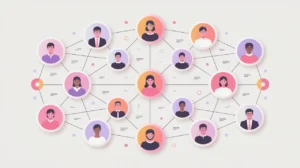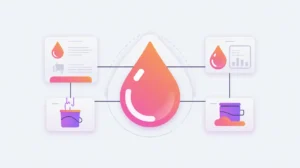Importance of Batch Processing
Batch processing is a method of handling large volumes of data by collecting it over time and processing it in groups or batches rather than individually in real time. Its importance today lies in its efficiency for tasks that do not require instant responses but involve substantial data workloads, such as payroll processing, analytics, or periodic reporting. Batch processing remains a backbone of many enterprise and cloud systems, even as real-time alternatives gain popularity.
For social innovation and international development, batch processing matters because many organizations operate in environments with limited connectivity or computing resources. Processing data in scheduled batches allows them to analyze information reliably and cost-effectively, supporting decision-making without requiring continuous infrastructure.
Definition and Key Features
Batch processing refers to the execution of jobs on sets of data, often scheduled at regular intervals or triggered by specific events. Traditional batch systems ran overnight to process financial transactions or generate reports. Modern frameworks such as Apache Hadoop and Spark enable batch processing at much larger scales, often in distributed environments.
It is not the same as real-time processing, which handles events as they occur. Nor is it suitable for use cases where immediate feedback is critical, such as fraud detection or emergency alerts. Instead, batch processing excels where efficiency, reliability, and throughput matter more than latency.
How this Works in Practice
In practice, batch processing pipelines include steps for data ingestion, staging, transformation, and output. Jobs may be queued and executed in parallel across multiple nodes, with results written to databases, files, or dashboards. Automation ensures these jobs run consistently, often without manual intervention.
Challenges include latency, where users must wait until a batch completes, and the potential for bottlenecks when jobs are too large. However, batch processing remains cost-effective and easier to manage than real-time alternatives in many contexts. It also integrates well with AI workflows, where model training often occurs on large datasets processed in batches.
Implications for Social Innovators
Batch processing is widely applied in mission-driven work. Health systems use it to process daily or weekly patient records for epidemiological tracking. Education programs apply it to analyze test scores across schools at the end of a term. Humanitarian agencies run batch jobs to process satellite images collected over days to monitor environmental change. Civil society groups rely on it to generate regular accountability reports from large datasets.
Batch processing provides organizations with scalable and dependable ways to manage information, ensuring critical insights are delivered even in resource-constrained settings.







